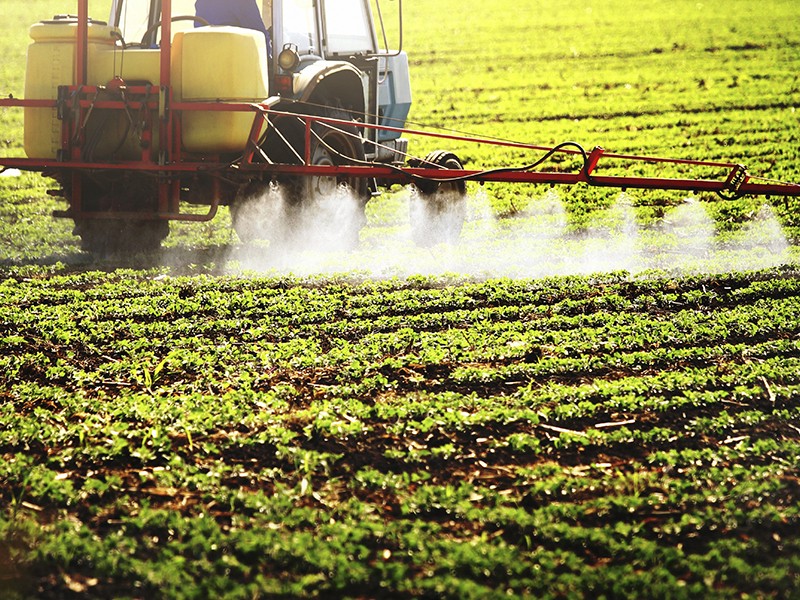The Pesticide Problem
Deemed unsafe for human exposure, Chlorpyrifos no longer used in the domestic setting
Photo courtesy earthjustice.org
The Chlorpyrifos insecticide is sprayed across crops to deter insects.
September 22, 2021
Chlorpyrifos, an insecticide once commonly used in agricultural processes, was recently banned by the Environmentally Protection Agency (EPA) in August of 2021. The insecticide has been under constant scrutiny since its debut in 1965 and has finally been deemed worthy of an official ban.
Chlorpyrifos were first developed in 1965 for both agricultural and non-agricultural use. The insecticide was utilized in food products and non-agricultural products such as liquids, granules and wettable powders. Overtime, however, the safety of Chlorpyrifos was called into question on a multitude of occasions.
Mary Jordan Janeski (11), a student in Rob Wilder’s AP Environmental Science Class, values the importance of reevaluating chemicals.
“[Insecticides] should be reevaluated and banned if necessary due to adverse health effects they cause in humans and because of the effect they have on our environment. These pesticides can cause more long-term damage to our environment than benefit in the short term,” Janeski said.
It was later found by EPA research scientists that Chlorpyrifos posed risks to both the environment and to consumers. Tracy Gregoire, a delegate from the Learning Disabilities Association of America, expanded on this issue.
“Chlorpyrifos is acutely toxic and associated with neuro-developmental harm in children. Prenatal exposures to Chlorpyrifos are associated with lower birth weight, reduced IQ, loss of working memory, attention disorders and delayed motor development. Chlorpyrifos can cause learning disabilities, attention disorders and even autism,” Gregoire said.
Ellen Fields (11), also a student in Wilder’s AP Environmental Science Class, believes testing pesticides is important.
“Pesticides should be tested for potentially damaging adverse side effects before production and widespread use because they can cause mild to severe physical reactions and should be analyzed by experts to assess any further risks,” Fields said.
Despite the threatening nature of Chlorpyrifos, however, it has been all but neutralized at its core. The EPA has eliminated its use from households entirely and has placed special restrictions upon how and how much Chlorpyrifos are utilized in food and agriculture. Workers are now required to wear protective gloves, coveralls and respirators to nullify the insecticide’s noxious fumes. Thanks to the constant efforts of scientists to revisit the threat, people within the United States can rest easy knowing that their health and safety is in good hands.




